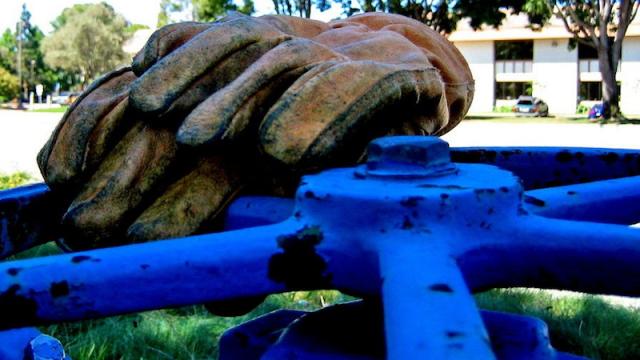A lot of different DIY projects require gloves, but which type of glove you use affects not just the project, but also your safety. So, Make magazine has put together a list of which gloves work best for which projects.
Photo by Travis Wise.
Make’s suggestions revolve around what materials a project has in it. It’s a pretty simple system to figure out which gloves to use:
- If you’re working with high heat, use welding or professional-grade cooking gloves.
- If oil or grease is involved, avoid natural rubber and use PVC or nitrile gloves instead.
- If you’re working with sharp edges, use kevlar, leather, or cotton depending on the level of exposure.
- If you’re working in the garden or with other organic material, use nitrile gloves.
- If you’re using any type of heavy machinery, do not use gloves at all.
It’s a pretty simple set of safety standards that should be useful to keep in mind when you’re working on a variety of projects.

Comments